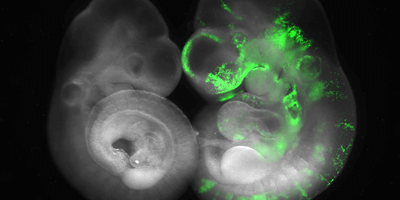Login
Subscribestem cells
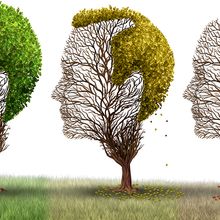
Islands of Knowledge: Hairy Skin Moles Make Their Mark
Iris Kulbatski, PhD | Aug 7, 2023 | 3 min read
Skin moles that sprout thick, long hairs produce signaling molecules that stimulate hair follicle stem cells to initiate new hair growth. This discovery may make baldness a thing of the past.
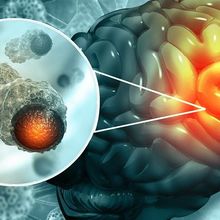
Capturing the Brain Tumor Microenvironment with Tissue Engineering
Deanna MacNeil, PhD | Aug 4, 2023 | 3 min read
Researchers built a 3D glioblastoma model to study therapeutic resistance and improve drug screening systems.
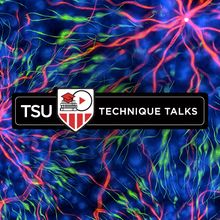
Best Practices for Organoid Technologies
The Scientist’s Creative Services Team | 1 min read
Dosh Whye will discuss best practices for organoid modeling and how researchers leverage the latest technologies to achieve their goals.

The Future of Gene Therapy for a Rare Pediatric Autoimmune Disease
Niki Spahich, PhD | Jul 10, 2023 | 3 min read
By editing a mutated immune regulatory gene in patient cells, Rosa Bacchetta brings hope to those suffering from IPEX syndrome.
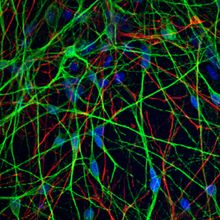
Astrocytes Fuel Erratic Firing in Fragile X Neurons
Lauren Schenkman, Spectrum | May 30, 2023 | 4 min read
This new understanding could one day lead to targeted treatments.
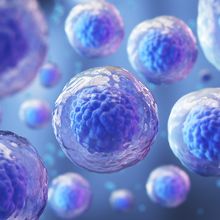
Solutions for Optimizing Stem Cell Therapy Development
Sartorius | 1 min read
Discover how process knowledge is integral to stem cell workflow improvement and optimization.
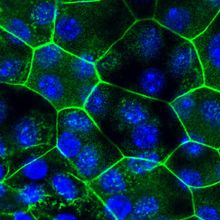
Bladder ‘Memory’ Influences Urinary Tract Infection Recurrence in Mice
Alejandra Manjarrez, PhD | Apr 12, 2023 | 3 min read
Urinary tract infections leave permanent epigenetic marks in the mouse bladder epithelium, reprogramming its response to subsequent infections, a study finds.
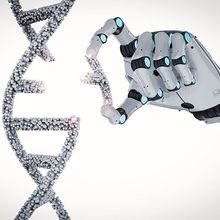
A New Way to Control Stem Cell Fate Using Gene Circuits
Elina Kadriu | Feb 27, 2023 | 3 min read
Scientists engineered human pluripotent stem cells with synthetic gene circuits to control differentiation without human input.
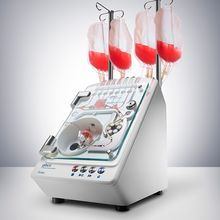
Closed Cell Processing Systems for Cell Therapy Workflows
Thermo Fisher Scientific | 1 min read
Closed systems increase cell therapy manufacturing process efficiency.
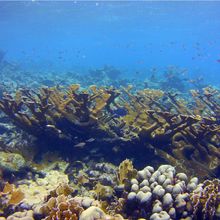
Corals Upend Longstanding Idea About Genetic Inheritance
Natalia Mesa, PhD | Sep 1, 2022 | 4 min read
Most animals can’t pass on mutations that arise spontaneously throughout their lives—but Elkhorn corals can.
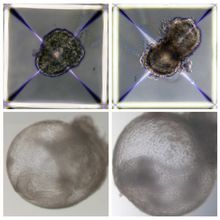
Mouse Embryo: No Sperm, Egg, or Uterus Required
Christie Wilcox, PhD | Aug 2, 2022 | 3 min read
Using stem cells and a bioreactor, researchers generated living embryos that survived for more than a week and began to develop internal organs.

What Oxygen Level Is Biologically Relevant For Cell Culture?
Thermo Fisher Scientific | 1 min read
Normoxic atmospheric conditions provide excessive oxygen availability, leading to abnormal cell behavior.
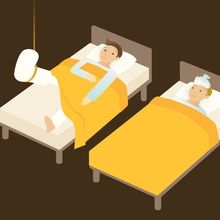
Antioxidants Put the Pep Back in One’s Step
Niki Spahich, PhD | Jun 13, 2022 | 3 min read
Delivering antioxidants via extracellular vesicles to atrophied muscles restores them during rehabilitation.
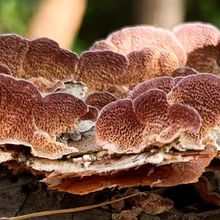
Caught on Camera
The Scientist Staff | Jun 13, 2022 | 4 min read
See some of the coolest images recently featured by The Scientist
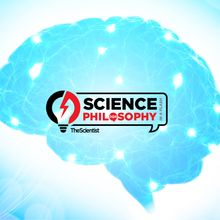
Science Philosophy in a Flash - Wired to Regenerate
Iris Kulbatski, PhD | 1 min read
Paul George shares how a dual career as a physician and scientist enriches his research.
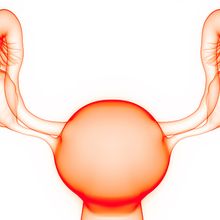
Cells in the Ovary are Responsive Shape-Shifters
Roni Dengler, PhD | Apr 8, 2022 | 3 min read
Rounds of trial-and-error exploring the layer of cells covering the ovary leave open questions about stem cells that are associated with ovarian cancer.

Stem Cells in Human Teeth Follow the Rules of Their Environment
Roni Dengler, PhD | Feb 7, 2022 | 2 min read
How stem cells in human teeth respond to different environmental conditions offers clues for regenerative medicine.
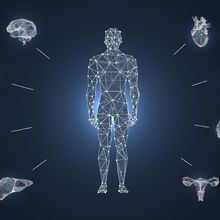
Stem Cell Engineering for Tissue Regeneration
The Scientist’s Creative Services Team | 1 min read
Innovative strategies drive stem cell repair of organ damage.

Stem Cell Transplant Treats Parkinson’s Disease in Monkeys
Roni Dengler, PhD | Feb 7, 2022 | 4 min read
Personalized stem cells improved motor symptoms and depression signs in monkeys modeling Parkinson’s disease, paving the way for trials in human patients.
